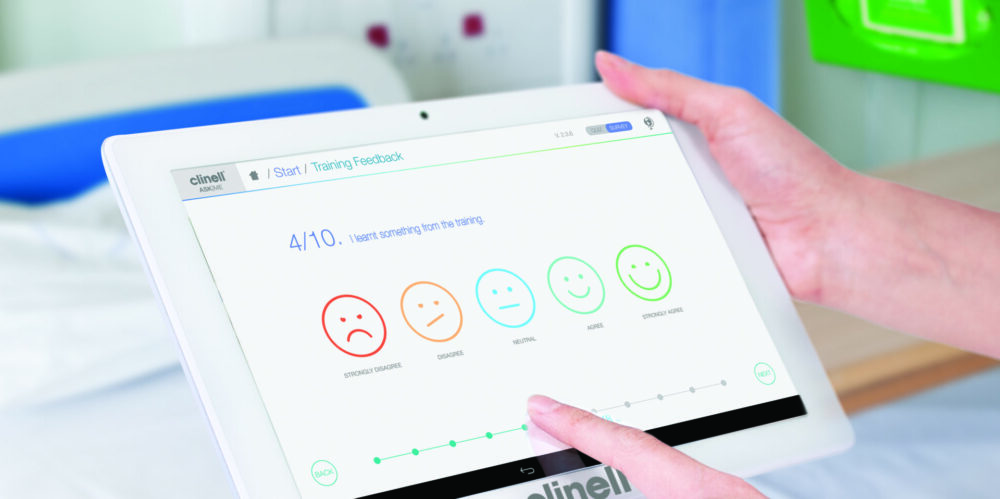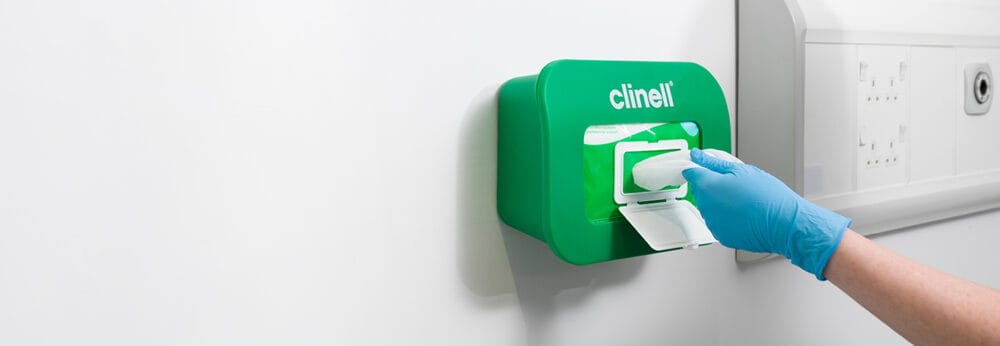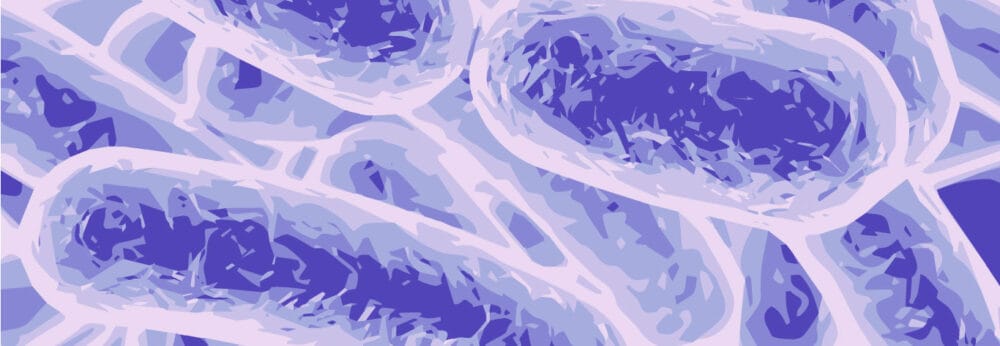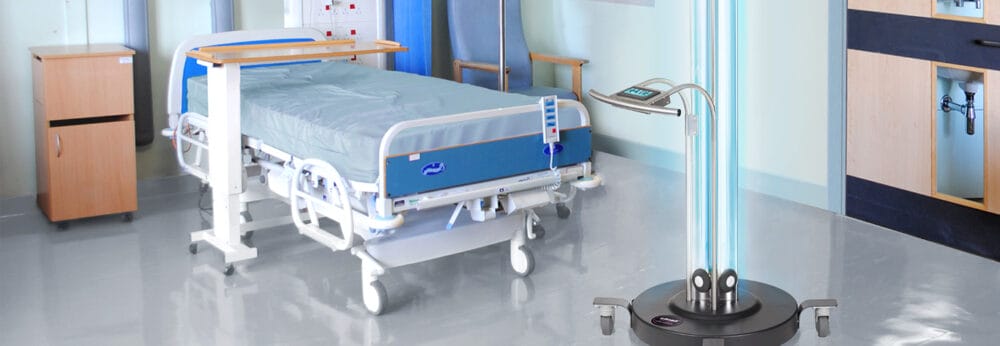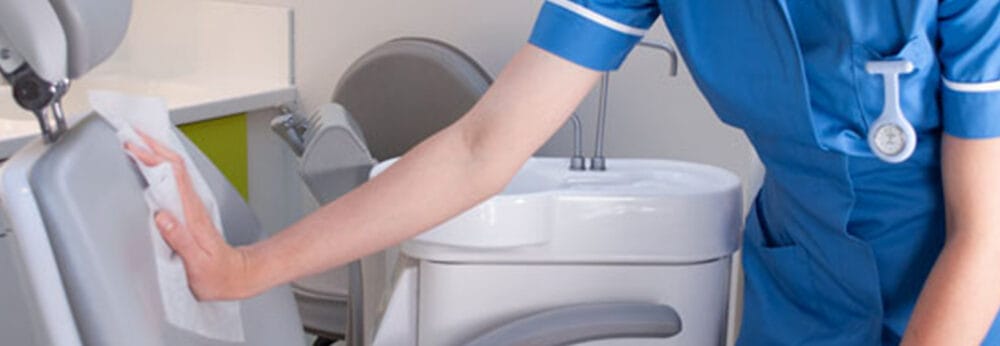Posts Tagged ‘DISINFECTANT’
Improving hospital cleaning and disinfection
This post shares the findings of a recent study exploring improving hospital cleaning and disinfection through streamlining product and enhanced training. A team working in Lanarkshire, the third largest health board in Scotland, has recently published a study evaluating the impact of an intervention to improve hospital cleaning and disinfection through the implementation of pre-impregnated wipes combined…
Read MoreInflated prices for Clinell products during the coronavirus outbreak
We do not condone inflating prices in the wake of the coronavirus outbreak. We want our products to be readily available to protect those most in need. Inflated prices on Clinell products. In light of the coronavirus outbreak, we’re experiencing a very high demand for our Clinell hand and surface disinfection products. We’d like to thank those…
Read MoreChoosing the right disinfectant wipe
There is a wide range of options when choosing the most appropriate disinfectant wipe. The University Hospitals Birmingham (UHB), that prompted this series, evidenced that switching from one disinfectant wipe strategy to a more effective one resulted in improved patient outcomes. Several factors influence the choice of wipe: intended application, range of microbial efficacy, staff acceptability and cost.The key consideration when selecting a…
Read MoreChlorine may not be as sporicidal as you think
It is generally accepted that sodium hypochlorite and other chlorine-releasing disinfectants are effective sporicides. Whilst this can sometimes be the case, it depends on the circumstances. A recent laboratory study showed that spores dried onto various model hospital surfaces remained viable and able to transfer to other surfaces following disinfection with a 1000 ppm chlorine-releasing disinfectant, illustrating…
Read MoreThe biofilm challenge for cleaning, disinfection, and sterilisation
In the AJIC special issue on ‘Disinfection, sterilization, and antisepsis’, there is a helpful State-of-the-Science mini-review on the importance of biofilms in medical device reprocessing and healthcare surface disinfection. The review covers the growing appreciation that biofilms present a tough challenging to cleaning, disinfection, and sterilisation attempts for both medical devices and surfaces in healthcare settings. The review draws…
Read MoreIs there a relationship between biocide use and antimicrobial resistance?
The next article in the AJIC special issue on ‘Disinfection, sterilization, and antisepsis’ is a mini-review on whether there is a relationship between biocide use and antimicrobial resistance. Reassuringly, despite the widespread use of biocides in healthcare settings (and in consumer markets), acquired resistance has rarely been reported. The review begins with setting some terminology and drawing…
Read MoreAJIC special issue on cleaning, disinfection, antisepsis and sterilisation
The American Journal of Infection Control has recently published a must-read special issue titled: ‘Disinfection, sterilization, and antisepsis: Principles, practices, current issues, new research, and new technologies.’ The special issue features a series of ‘State of the Science Reviews’ by experts in the field on cleaning and disinfection, skin antisepsis, the role of the environment in emerging…
Read MoreMicrofibre and water isn’t magical
There’s a word on the street that microfibre combined with water is suitable for all cleaning challenges. But a study from Prof Jean-Yves Maillard’s lab in Cardiff suggests that water and microfibre alone achieves only a moderate removal of bacteria from surfaces and readily transfers bacteria between surfaces. Adding disinfectants to microfibre enhances their efficacy considerably. The…
Read MoreUV room disinfection system face-off
An important new US study has performed an epic head-to-head evaluation of 8 different UV-based room disinfection systems. Whilst there were some differences between the UVC-based systems, there was a stark difference between the efficacy of the 7 UVC systems and the one pulsed-xenon UV (PX-UV) system, with the PX-UV proving considerably less effective. UV systems are…
Read MoreWhat’s going on with surface disinfection in dental settings?
An interesting new article reviews the history and state-of-the-art for surface disinfection in dentistry settings. Historically, aerosols and sprays were the most common approaches to the delivery of disinfectants in dentistry. However, due to occupational exposure concerns, disinfectant wipes are quickly becoming the most common method for surface disinfection in dental settings. The article spans space and…
Read More